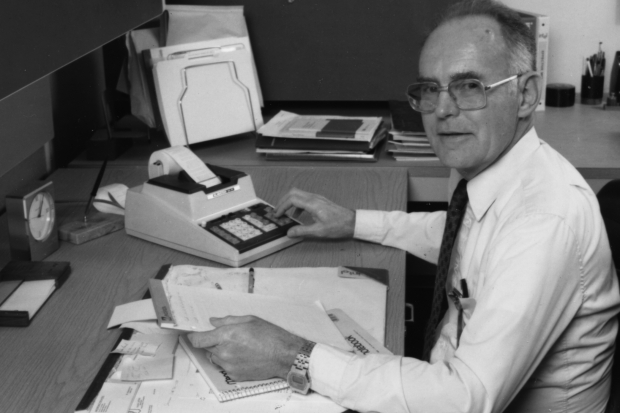His theory that processor power improves exponentially every two years was sketched out in 1965 and Moore said when he made it he thought it would be dead in ten years.
The law, which was first referred to as such in the 1970s, was never meant to be such a precise prediction.
To keep his theory going, Moore said, "will take a lot of good engineering."
Moore said that the next five or 10 years was reasonably clear, as you can usually see a few generations in the future. .
"I still hope Brian Krzanich, Intel's CEO has enough good engineers working on the problem we won't hit a dead end."
Moore's Law also is facing some hurdles, particularly that it's getting more difficult and expensive to develop more advanced processors.
In 1966, a new chip plant cost $14 million. In 1995, the price tag was $1.5 billion. Today, it can cost as much as $10 billion. Meanwhile semiconductor manufacturers are finding ways to stretch today's silicon technology while researching alternatives.
Each generation of processors has enabled the development of important inventions, such as smartphones and consumer electronics. The next stage will probably be wearable technology and smart homes.




